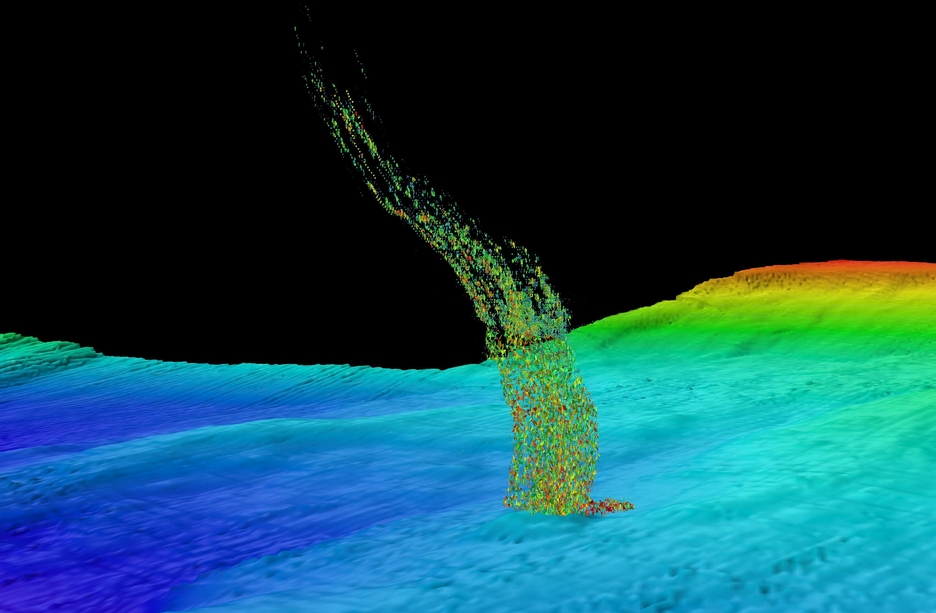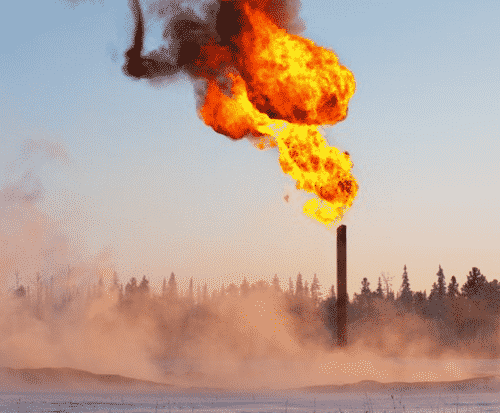
Credit: Kansas City Area Transportation Authority
Ozone pollution across the continental United States will become far more difficult to keep in check as temperatures rise, according to new research results.
The study shows that Americans face the risk of a 70 percent increase in unhealthy summertime ozone levels by 2050.
The results appear online this week in a paper in the Journal of Geophysical Research-Atmospheres, published by the American Geophysical Union.
The work was funded by the National Science Foundation (NSF) and the U.S. Department of Energy.
Warmer temperatures and other changes in the atmosphere related to a changing climate, including higher atmospheric levels of methane, spur chemical reactions that increase overall levels of ozone.
Unlike ozone in the stratosphere, which benefits life on Earth by blocking ultraviolet radiation from the sun, ground-level ozone can trigger a number of health problems.
These range from coughing and throat irritation to more serious aggravation of asthma, bronchitis and emphysema.
Even short periods of unhealthy ozone levels can cause local death rates to rise. Ozone pollution also damages crops and other plants.

Credit: US EPA
Unless emissions of specific pollutants associated with the formation of ozone are sharply cut, most of the continental United States will experience more summer days with unhealthy air by 2050, the research shows.
Heavily polluted locations in parts of the East, Midwest and West Coast, in which ozone already frequently exceeds recommended levels, could face unhealthy summer air in most years.
“It doesn’t matter where you are in the United States, climate change has the potential to make your air worse,” said National Center for Atmospheric Research (NCAR) scientist Gabriele Pfister, lead scientist on the study.
In addition to NCAR, the paper co-authors are from the Pacific Northwest National Laboratory; University of Colorado, Boulder; and North-West University in South Africa.
“A warming planet doesn’t just mean rising temperatures, it also means risking more summertime pollution and the health effects that come with it,” said Pfister.
However, the research also showed that a sharp reduction in the emissions of certain pollutants would lead to dramatically decreased levels of ozone even as temperatures warm.
The research is one of the first of its type to be conducted with new, highly advanced geoscience supercomputing capabilities.
“Understanding future changes in surface ozone over the summer has tremendous implications for air quality and human health,” said Anjuli Bamzai, a program director in NSF’s Division of Atmospheric and Geospace Sciences, which funded the research through NSF’s Decadal and Regional Climate Prediction using Earth System Models (EaSM) Program.
“Through a series of ‘what if’ simulations,” said Bamzai, “atmospheric chemists, climate modelers, regional modelers and developers of emissions scenarios demonstrate that a balance of emission controls can counteract the increases in future temperatures, emissions and solar radiation that in turn lead to decreases in surface ozone.”







